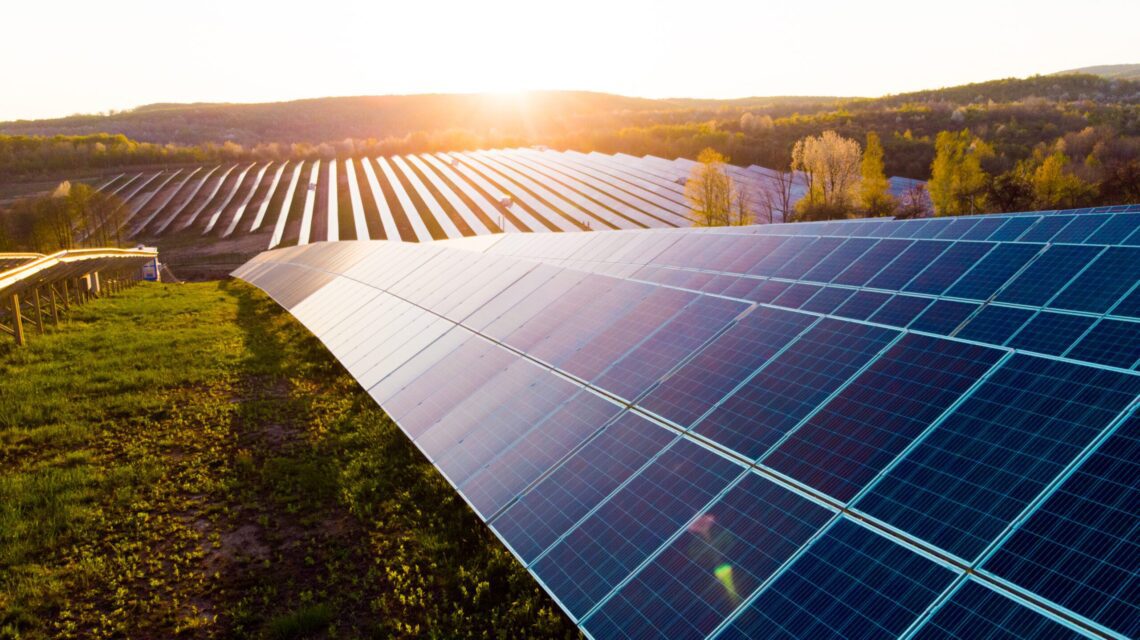Sounds great, right? Yeah, maybe.
By Benjamin Alva Polley EBS COLUMNIST
The U.S. Bureau of Land Management announced Wednesday, Jan. 17, that it proposes to open up 22 million acres of public lands for solar development in 11 western states in hopes of harnessing the sun’s energy as the nation moves away—reluctantly—from oil and gas.
While large-scale solar development would be a favorable step away from fossil fuels, it’s concerning that millions of acres of public lands are being viewed as an ideal location.
The BLM is America’s largest land management agency, overseeing 245 million acres, primarily in the West, including historic and scenic landscapes, lakes and reservoirs, rivers and streams, and a vast array of natural resources home to millions of wild living species. These areas are great places to recreate, boat, camp, hunt, hike and fish, to name a few. The agency manages recreation and minerals equally, across approximately 12 million acres in Idaho, about 18.4 million acres of land in Wyoming, and about 8.3 million in Montana. The agency also manages about 7% of the 12-22 million acres of the Greater Yellowstone Ecosystem.
As we move out of the Industrial Age into the Anthropocene—the age of humans—we must figure out ways to decarbonize the planet as climate change threatens civilization. Creating massive solar arrays is one way to reduce carbon, but large-scale solar development doesn’t necessarily need to minimize the open space on public lands. Many alternative locations still have optimal potential for harnessing solar energy, without taking away from pristine public lands.
The Industrial Revolution was a game-changer for civilization. Humans began mass-producing goods and services, making them cheaper and easier to distribute. Fossil fuels made this happen but significantly altered the Earth’s atmospheric chemistry. Machines made human lives easier, but at the time, we weren’t aware that gas-guzzling machines pumping more and more carbon into the atmosphere would alter the climate to carbon concentrations that haven’t been seen in 800,000 years. The consequences of these events took time to become evident. Now, people are striving to reduce carbon emissions to avoid catastrophic changes to the climate and civilization. Many actions are required to reduce greenhouse gas emissions, and widespread solar power development is one thing to consider, but where we place solar arrays is vital.
Stakes
Decarbonizing the planet by removing oil and gas production is an essential first step in moving toward energy independence and using alternative green energy. Sliding head-on toward ecological disaster is one of the primary reasons we as a nation are taking steps to move away from oil and gas, but should we be putting these giant solar arrays on lands that could be used for conservation purposes, like habitat and wildlife corridors?
Many conservationists feel morally compelled to support solar development, but is more growth and development the correct option? Sustainable use of the land already contributes to reducing carbon. Solar facilities can be sited nearly everywhere and don’t have to be on lands already delivering carbon-reduction benefits.
Conserving more land helps mitigate climate change problems like destructive, life-threatening flooding—conserving forests and wetlands helps to absorb massive amounts of stormwater. Conserved open spaces provide relief from soaring temperatures that blacktop, asphalt, or even solar panels would gather and radiate. Habitat change forces many species to move to nearby territories or alter migratory patterns, and conserved land provides potential new habitats, migration routes and safe havens.
Will carving up some of this land for developing utility-scale solar on public lands hurt, harm, or help sensitive species like sage grouse, pronghorn, grizzlies, wolves, wolverines, mule deer, and elk? Wyoming’s winterkill last year already drastically reduced pronghorn and mule deer populations.
Opening pristine public lands to a vast array of solar development should be thoroughly investigated, and to help solve the overall problem, the nation should also be focused on reducing energy use and consumption.
Alternatives
Where we place solar panels is crucial. They do not need to be installed on land that should be left for plants, animals, or other ecological processes that sustain life.
Optimal places for solar development require plenty of sun, moderate temperatures, light winds and low humidity. Regions covered with certain crops like peppers, tomatoes, lettuce, and grass are optimal places for solar arrays worldwide. Food agriculture and solar can co-exist if the panels are elevated high enough for people and animals to walk underneath them. The cover of shade provided by solar panels helps preserve water by cutting down evaporation, reduces heat stress on plants and can increase grass and food growth. The plants, in turn, help cool the solar panels.
Other alternatives include placing solar panels in parking lots, on rooftops of barns, government buildings, open spaces along highways and railroad tracks, above federally owned canals, on brownfield sites and abandoned mining lands.
Until April 18, BLM accepts public comment on its proposed solar development. If you value the existing—potentially threatened—benefits of open lands, please make your suggestions to the BLM to use lands that are already degraded and impacted by the development of oil, gas and mining, and lands that cattle have grazed too harshly, instead of carving up more pristine lands. You can leave your comment here, and be sure to write it in your own words, which has more impact.
In this 90-day comment period, the public can provide input on the alternatives and other management options presented by the BLM in the draft plan. Public input will inform a Final Programmatic Environmental Impact Statement and Record of the Decision. More details are available on BLM’s Solar Program website.
Benjamin Alva Polley is a place-based storyteller with stories published in Outside, Adventure Journal, Popular Science, Field & Stream, Esquire, Sierra, Audubon, Earth Island Journal, Modern Huntsman, and other publications at his website www.benjaminpolley.com/stories. He holds a master’s in Environmental Science and Natural Resource Journalism from the University of Montana.













